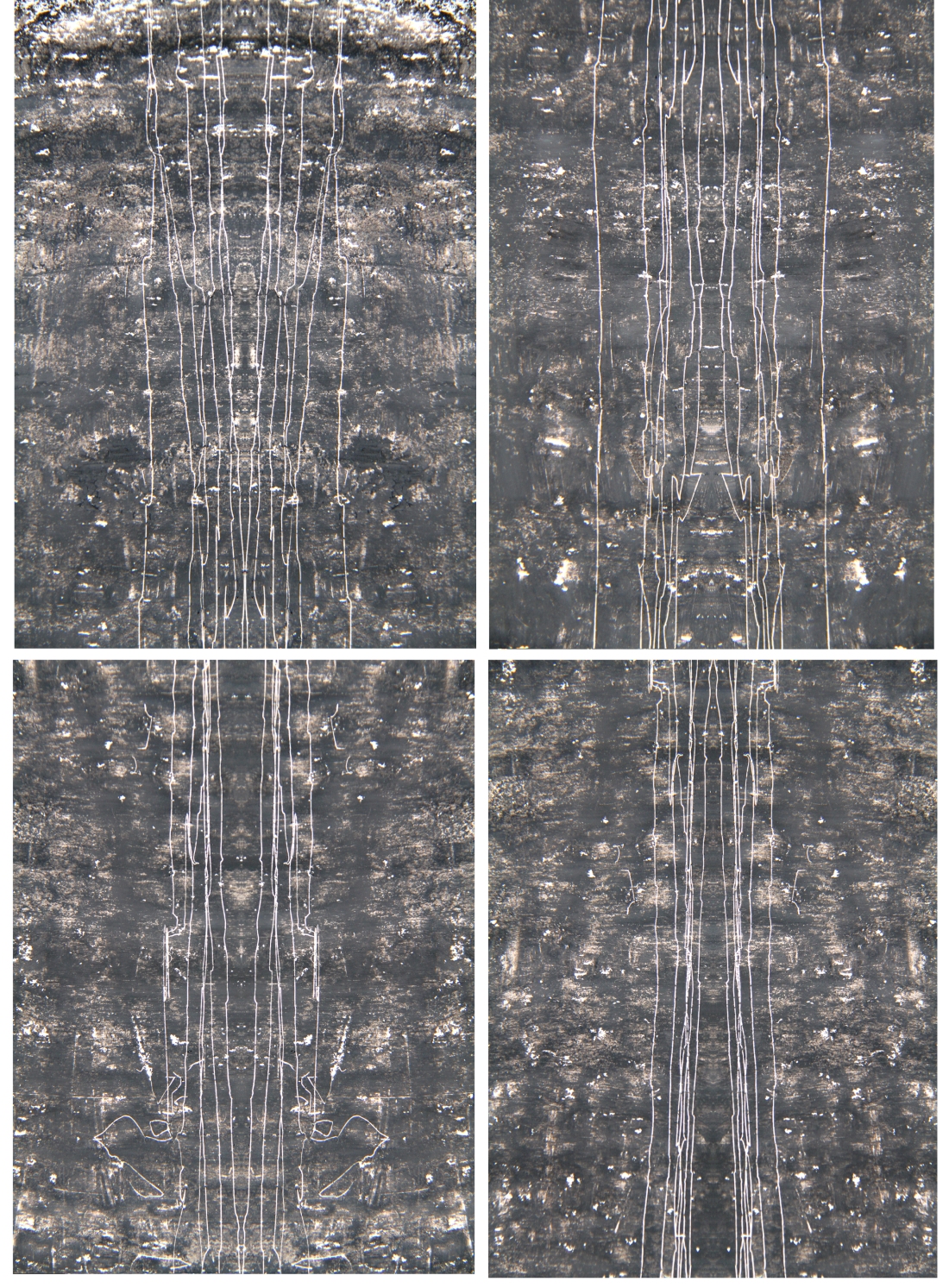Back in August I was the lucky winner of UUNA TEK’s iDraw H A3 Pen Plotter Small Business Support Giveaway for my project proposal exploring and expanding on some of the more tangential outcomes springing from a recent undertaking of an 18 month research and development project re-skilling in various digital design and fabrication techniques, exploring the use of the iDraw in the visualisation of sound and other sensory and environmental data.
Delivery of my iDraw was wonderfully fast, shipping via DHL from Hong Kong to Australia in just two days. Set up and assembly was also super quick and easy, and once installing the necessary software, I was plotting within the hour.





Not long after its arrival, I managed to come down with Covid, after successfully avoiding it for three and a half years. So, on top of already being so far behind with all of my work due to a really severe health relapse earlier this year, I sadly didn’t get much of a chance to play with the machine again until earlier this month – exploring its potential for both precision, and abstraction.
I set about beginning the exploration into its use in my data visualisations. Through Oscillographic, Stereographic, Phonautographic, and other sound visualisation processes, I have been compiling a pattern library drawn from the visualizations created, which I am then utilising in the further development of patterns and forms, to be used as two and three dimensional design elements in my artworks.

Through the use of laser cymatics triggered by improvisations played on my Re.corder MIDI breath controller, I collated the Lissajous curves created during this process, and then used them to develop decorative patterns.







I started by tracing a few of these on the iDraw. I’m yet to perfect the art of bitmap tracing, but for a first go I was really happy with the result.




The idraw’s laser attachment capabilities also give me the opportunity to explore these patterns in a more three dimensional sense, cutting and engraving to create tactile representations of sound, which I am looking forward to embarking upon over the next couple of weeks.
I then set about visualising more Re.corder improvisations using Stephen Malinowski’s brilliant MIDI Animation Machine, and, using the iDraw, created a series of paintings from a snapshot of the recording.





















Lastly, using some of my portrait photography, the PINTR tool, and the iDraw, I created a series of really satisfying abstract portraits.



























I have done some basic ploting with my CNC mill previously, but the ease of use and plug and playability of the iDraw remained really appealing, so I was delighted to have the opportunity to experience this machine and explore its potential impact on my workflow.
While I’ve by no means had a chance to explore the full possibilities of the iDraw yet, I’ve had a wonderful time using it in both precision, and abstract applications.
As a disabled artist my work currently explores collaborative robotics and broader digital arts space in the context of being an extension of the physical body. In the ongoing exploration and development of this concept in my artmaking practice, the iDraw has already proven itself to be a highly valuable tool in the pursuit of this aim. I look forward to seeing what else this process brings.